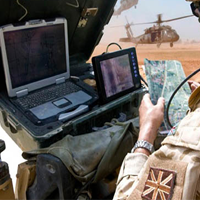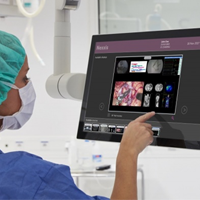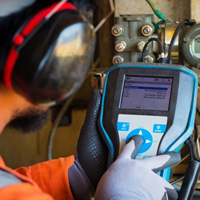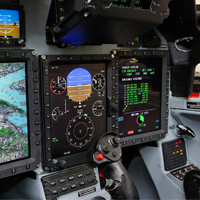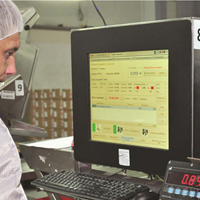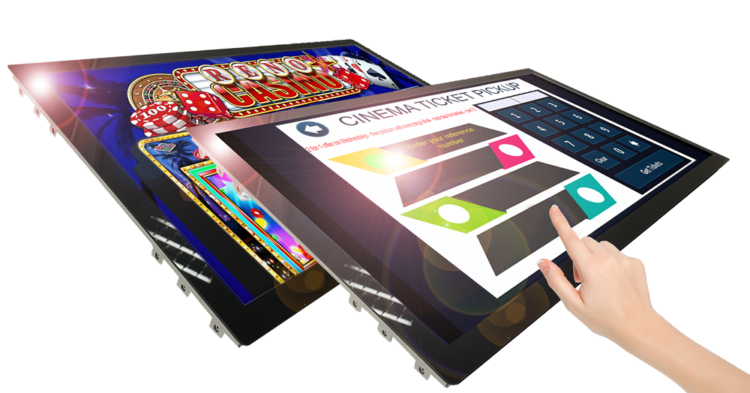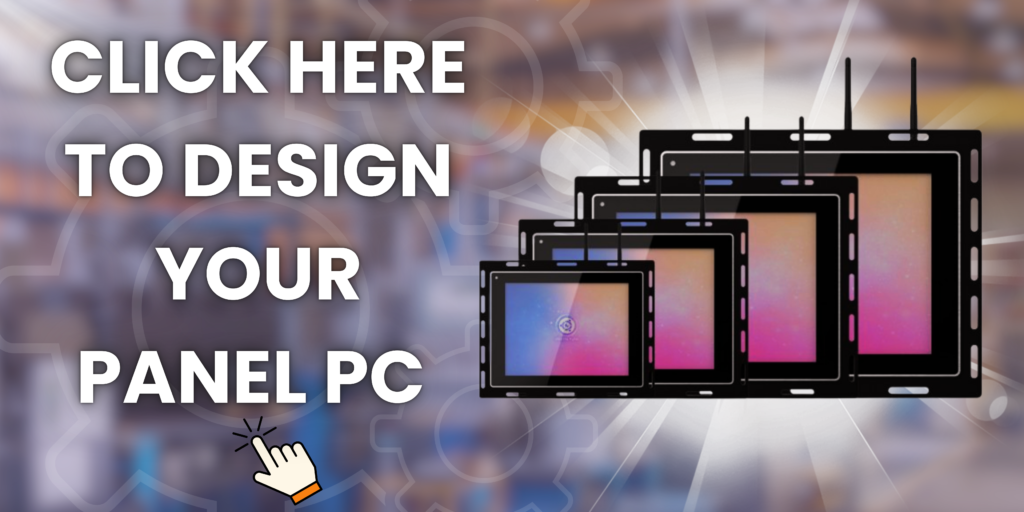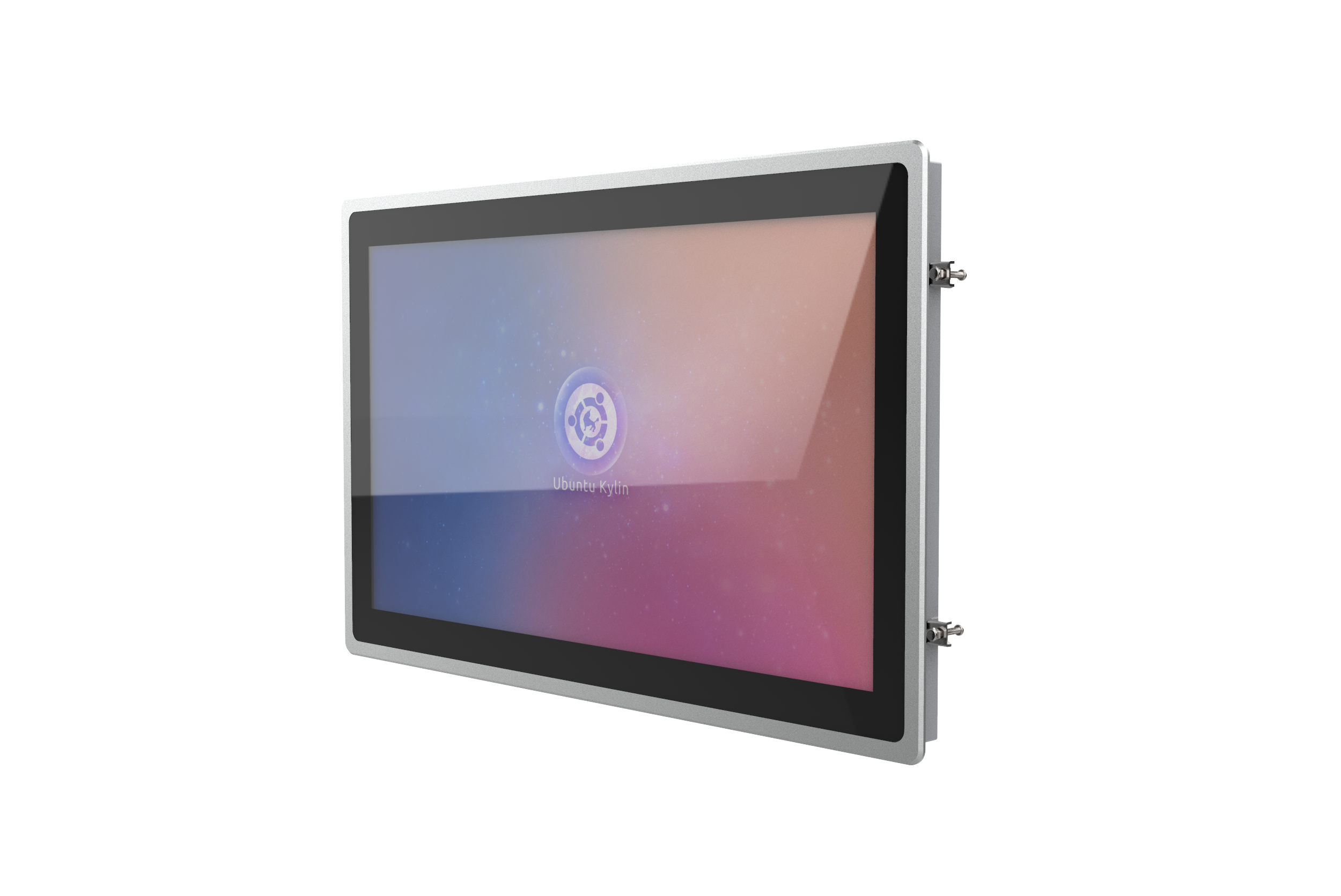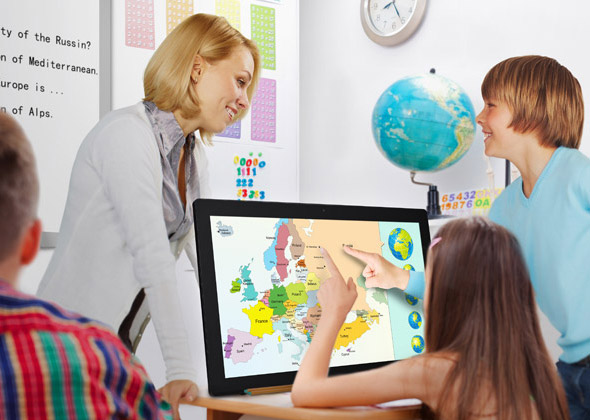Museums are huge, fascinating buildings with thousands of artifacts and relics thousands of years old ready to be showcased to the public, many have the most amazing displays which make the past appear exciting for the present and the future. However, many museums are missing out on the immense opportunities for digital displays to help bring the past back to life!
Over the years there have been multiple, revolutionary developments in digital technology which are changing many institutions such as schools, workplaces and have the amazing elements to change museums too. The maxim used for most museums used to be “look but don’t touch”. Now museums, large and small, have the chance to appeal to their audience with interactive displays to engage their audience, with the chance to embrace the idea that displays such as touch screen monitors can give visitors a more hands-on experience.
No Longer Just Guided Tours
A visitor can take their learning and understanding into their own hands rather than counting exclusively on the tour guide showing them around. This is possible with interactive touch displays which can give a more personal experience with visitors being able to touch and learn about the exhibits they find of interest. Creating a much more flexible experience for everyone interactive kiosks give a mixture of sounds, pictures, maps and narrative to bring exhibits to life.
Touch Screens Bring the Past Closer
Interactive displays allow for visitors to engage with exhibits in a way that doesn’t cause wear and tear to the artifacts. This is a great advantage as well as the fact that the artifacts don’t even need to be there they can actually be completely digitalised creating a virtual exhibit. This can be highly appealing due to rising insurance and transport costs making it difficult for even national museums to secure the exhibits they need.
Letting the Imagination Run Wild
When you’re simply viewing exhibits in a gallery or museum, it’s hard to imagine the exact context of the relic and its background. Digital displays can create the best impact imagined by creating a 3D virtual tour for visitors allowing them to be able see an object in relation to the place it came from and how it was used. A 3D virtual tour can allow navigation of the streets of ancient cities like Rome or Athens. Looking at ancient statues, vases, coins and weapons is more significant when you feel part of the world from which they came.
Digital Displays Promote Visitor Engagement
Digital displays allow children to learn at their own pace and experiment with what interests them. A good example of this is the Climate Change Wall at London’s Natural History Museum. The wall is one of the displays in the state-of-the-art Darwin Centre, which opened to the public in September 2009. A 12 metre wall, incorporating hundreds of images and graphics, allows students to see the devastating effects of human life on the natural world. Approaching the wall causes the display to change, and touching some of the panels can reveals more detailed information.
Museums are a vital part of culture in the UK and across the world. Digital displays, when used wisely, can keep the experience of visiting such a place exciting and fresh for the whole family.
To check out some of our digital advertising displays which would be great for Museum Design please visit our Touch Monitors webpage
To take a look at some of the Museum design installs we have helped create please visit our Case Study page
Or simply contact us for more information via email or telephone +44 (0) 1634 327420

